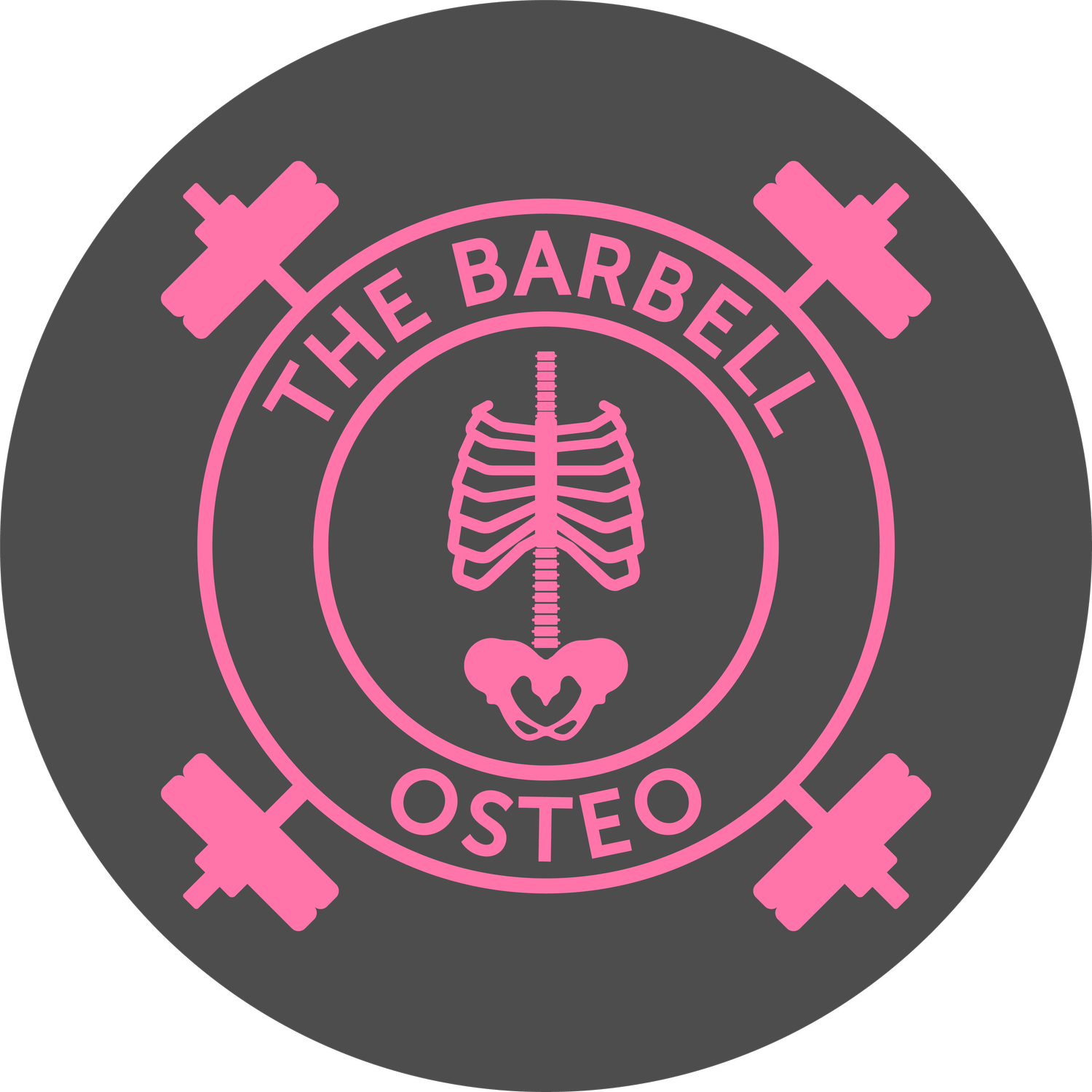𝘞𝘌 𝘏𝘈𝘝𝘌 𝘛𝘖 𝘗𝘜𝘚𝘏 𝘖𝘜𝘙 𝘉𝘖𝘋𝘐𝘌𝘚 𝘛𝘖 𝘔𝘈𝘒𝘌 𝘗𝘙𝘖𝘎𝘙𝘌𝘚𝘚..
But what do we do when we are getting pain during or after training..?
Most athletes view pain through a mechanical lens based off previous experiences & the simplistic narratives we hear about pain. The mechanical lens suggests that the body operates like a machine that is prone to breaking and “wearing out” & we are told that adjustments or massage guns can help slow down this “wearing out” process.
This view can affect the way athletes perceive their training & the response they have when feelings of discomfort come on during/after training. When we are thinking of our bodies as “machines” pain serves an accurate indicator of damage and reinforces the idea that “hurt” always indicates “harm”.
The conclusion these athletes draw is that the activities that feel uncomfortable should definitely be avoided in order to prevent further “damage” to their body (machine.) This can further be extrapolated to, if I am doing a movement “correctly” it should not hurt, if I am feeling discomfort, I may be injured or I should definitely stop.
The line between stopping and continuing training when pain or discomfort is occurring can be a hard one to draw.
However, most coaches & health professionals will know immediately if there has been an “acute” injury to an athlete. Usually, so will the athlete.
In weightlifting acute injury is not something we see that often. What we do see is the slow steady build-up of stiffness, leading to discomfort or restriction to ranges of motion or irritation in a specific area.
When pain or discomfort comes on steadily over a series of sessions it is more likely a load management issue or that the athlete is exceeding their tolerance in a movement at that particular time.
In this instance, the first thing to measure up is stress & recovery metrics outside the gym, before jumping in and diagnosing an injury based off this pain signal alone.
The difficult line to draw that I discuss with many of my athletes is knowing how to talk themselves down when somethings feels a bit ‘ewww’.
Knowing that there are periods in their training where they will be required to “push for progress” & that as a result of that their program may be highly specific, they will be lifting higher intensities, or more reps & that all of the above is how we take steps forward in weightlifting.
The hard part is that the exact recipe for progress is weightlifting also teeters on the edge of feeling “pain” or stiffness or discomfort sometimes both in and outside the gym.
The recipe for PBs can feel a lot like a sore aching body post training or as you warm up for your next session.
Educating about the difference is immensely challenging and takes a lot of open communication between coaches, athletes and health professionals. It can take a lot of time to build up the trust required to have these conversations, as well as the time it takes to figure out the type of program or tolerance an athlete has to load during weightlifting training.
As a health professional, I am not saying ignore pain, I am not saying push through pain, but what I am saying is if you feel pain or discomfort during or after training, don’t panic and assume that it’s an injury.
For a lot of athletes that train hard in weightlifting, their body is likely to feel pretty average, except maybe during taper week pre competition.
Be curious when pain comes on. Ask questions of why this pain may be occurring, am I recovering externally, am I hydrated, fuelled, destressed & adequately prepared for this training, have I slept?
Talk to your coach about what part of a training block you are in, is it normal to feel this way?
Is there something else that you may be missing that your coach can assess or direct for you?
You may need to adjust your programming load & find the sweet spot for enough dosage to make progress without pushing into the pain zone.
The hard answer with pain during training is “it depends” so take it by a case by case basis, talk to your coach & try to not panic & assume the worst.



